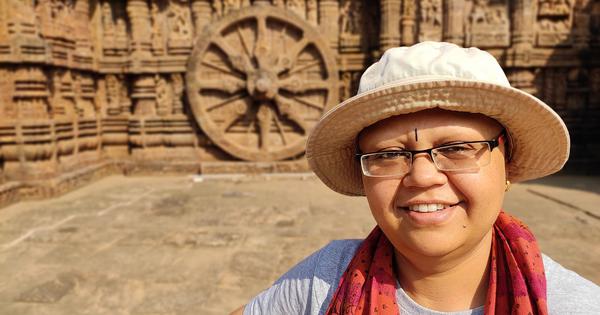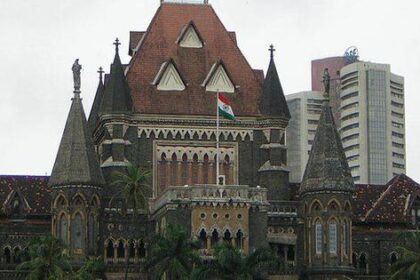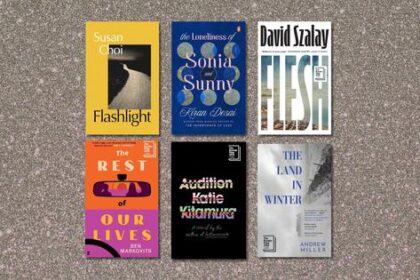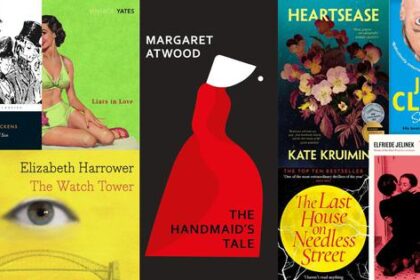Exploring the roots of creativity and cultural diversity in Dandeli’s rich environment
The narrative of longing for the ghata, or clay pot, as explored by Sumana Chandrashekar in her memoir, provides insight into her artistic journey. This longing is not merely a superficial inclination but is deeply rooted in her experiences and upbringing. Often, people tend to attribute such profound experiences to the supernatural, which can obscure the true essence of the art form and the artist. Chandrashekar argues against this simplistic view, suggesting that it undermines the integrity of human experiences. Instead, she believes that delving into the circumstances surrounding these extraordinary experiences is crucial.
Chandrashekar draws on the work of Constantin Stanislavski, emphasizing that true creativity emerges when an artist feels a natural flow between their inner and outer lives. This connection allows for subconscious emotions to surface, which can be transformative. The reflection on her past takes her back to her childhood spent in Dandeli, a town in north-west Karnataka, known today for its tourism and adventure activities. However, in the 1990s, it was a quaint locale, surrounded by lush jungles and rich biodiversity, characterized by a simpler way of life.
Dandeli, with its vibrant social fabric, was home to a diverse population brought together by various industries, including power generation and paper manufacturing. Unlike many small towns that may struggle with caste and religious divisions, Dandeli embraced its multicultural essence. Festivals such as Navaratri, Eid, and Christmas were celebrated collectively, fostering unity among different communities. Chandrashekar recalls her classroom as a microcosm of this diversity, where students spoke a blend of languages, creating a rich tapestry of cultural interaction.
In her family, the influence of progressive ideals shaped her upbringing. Her parents, Usha and Chandru, were non-conformists who defied societal norms. They encouraged open discussions and valued individual expression. Chandrashekar’s paternal grandmother, a child widow, was raised by a forward-thinking father who defied societal expectations of his time. This legacy of progressive thought continued through her parents, who cultivated an environment where creativity flourished.
Chandrashekar’s father had a varied taste in music, ranging from traditional to contemporary genres, while her mother was a repository of Kannada films, folk songs, and poetry. Their home was a space where creativity thrived, devoid of rigid gender roles or societal restrictions. This nurturing environment allowed both Chandrashekar and her brother to grow up without the constraints of traditional expectations.
Despite criticism from some quarters for their unconventional ways, their family was perceived as a unified entity, where love and mutual respect prevailed. The values instilled by her parents, along with the cultural richness of Dandeli, played a significant role in shaping Chandrashekar’s artistic identity. This blend of experiences laid the foundation for her journey with the ghatam, infusing her work with the vibrant essence of her roots.








